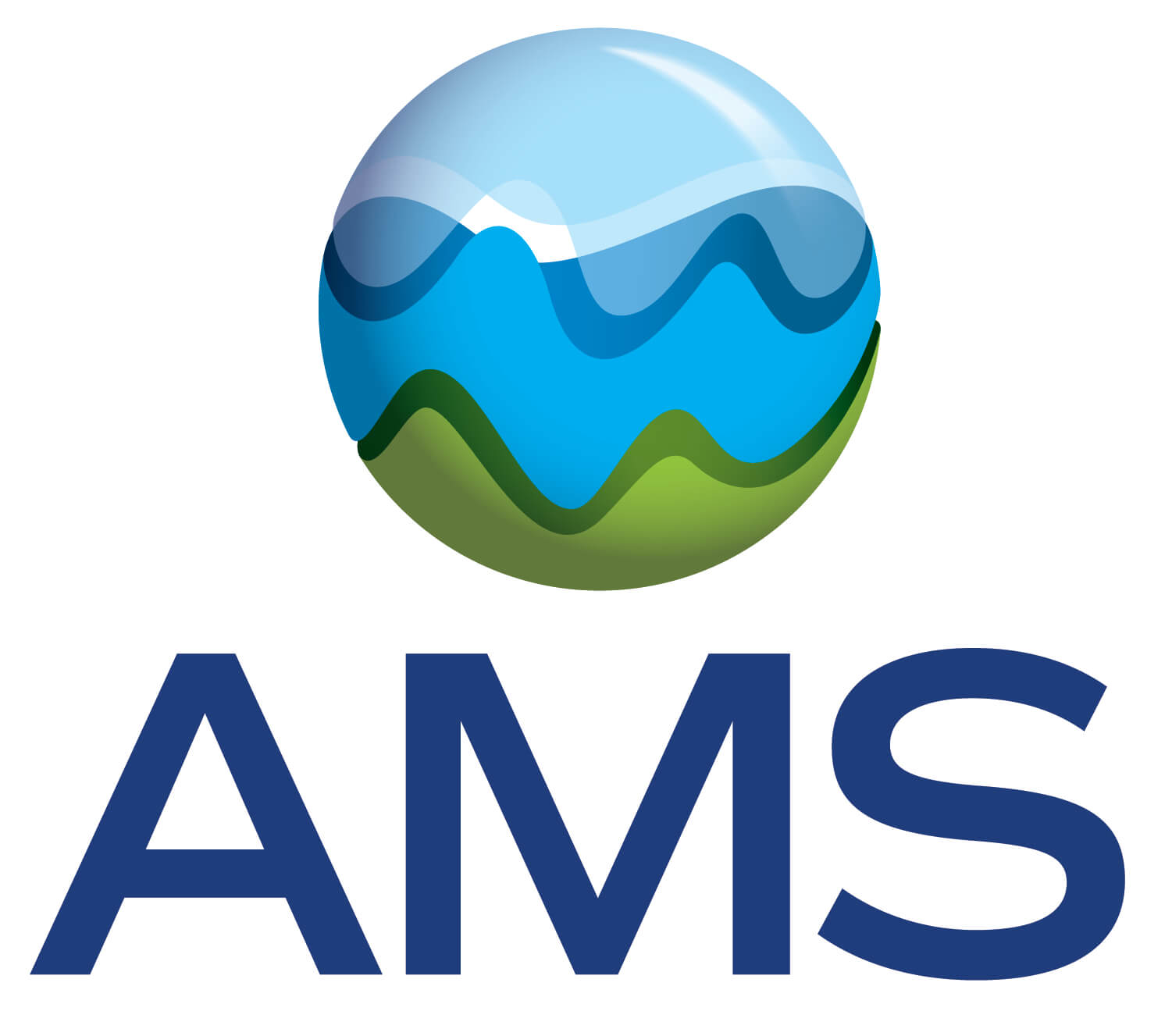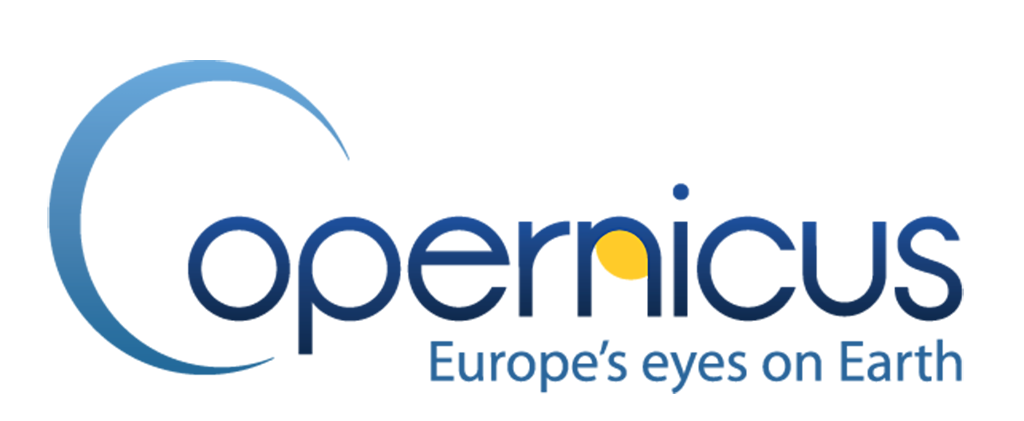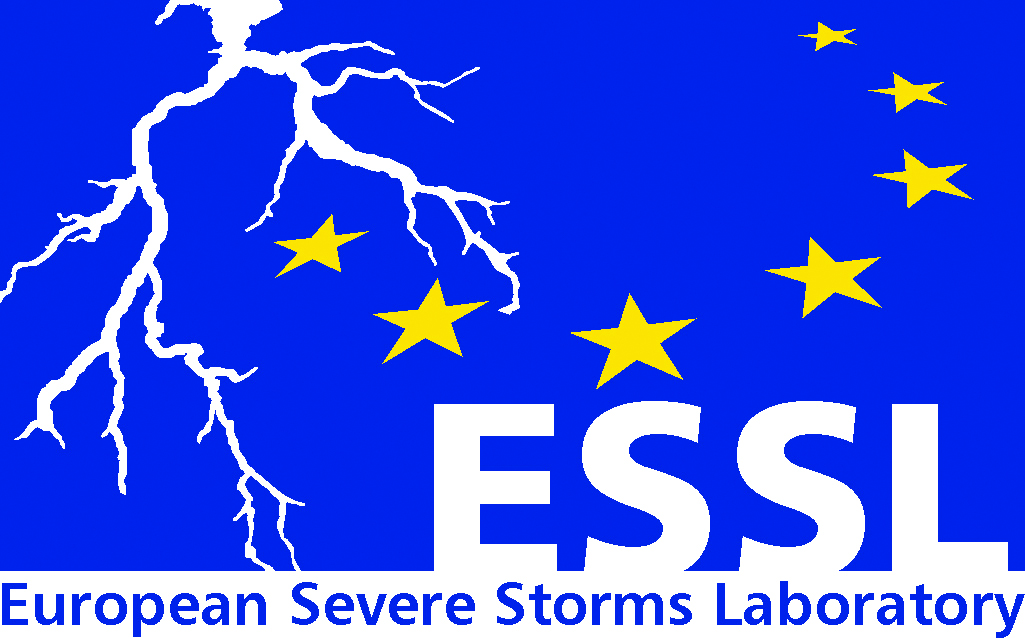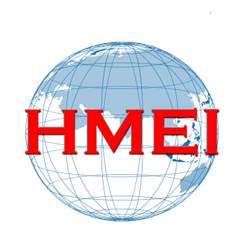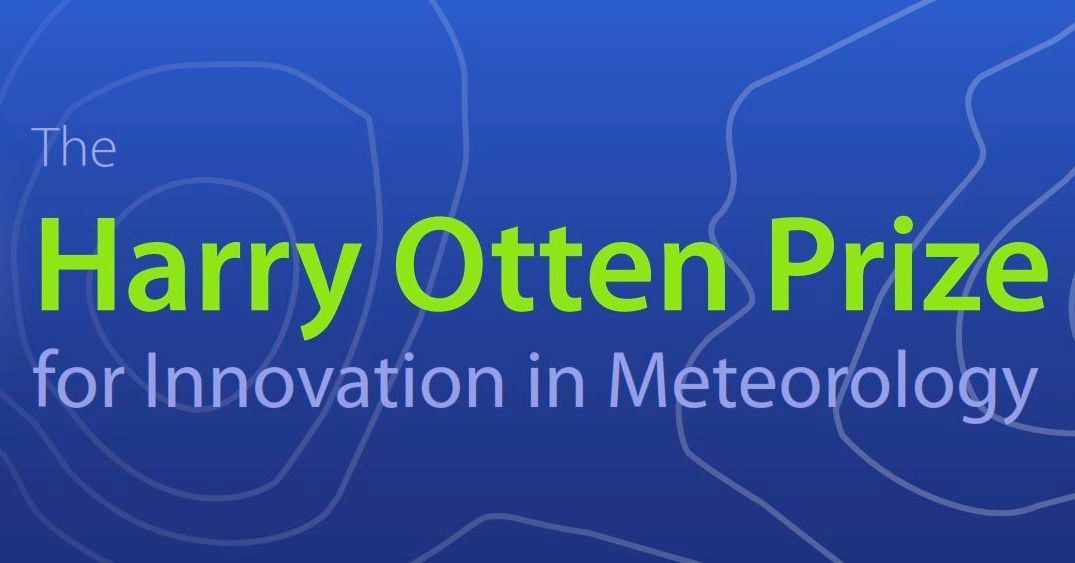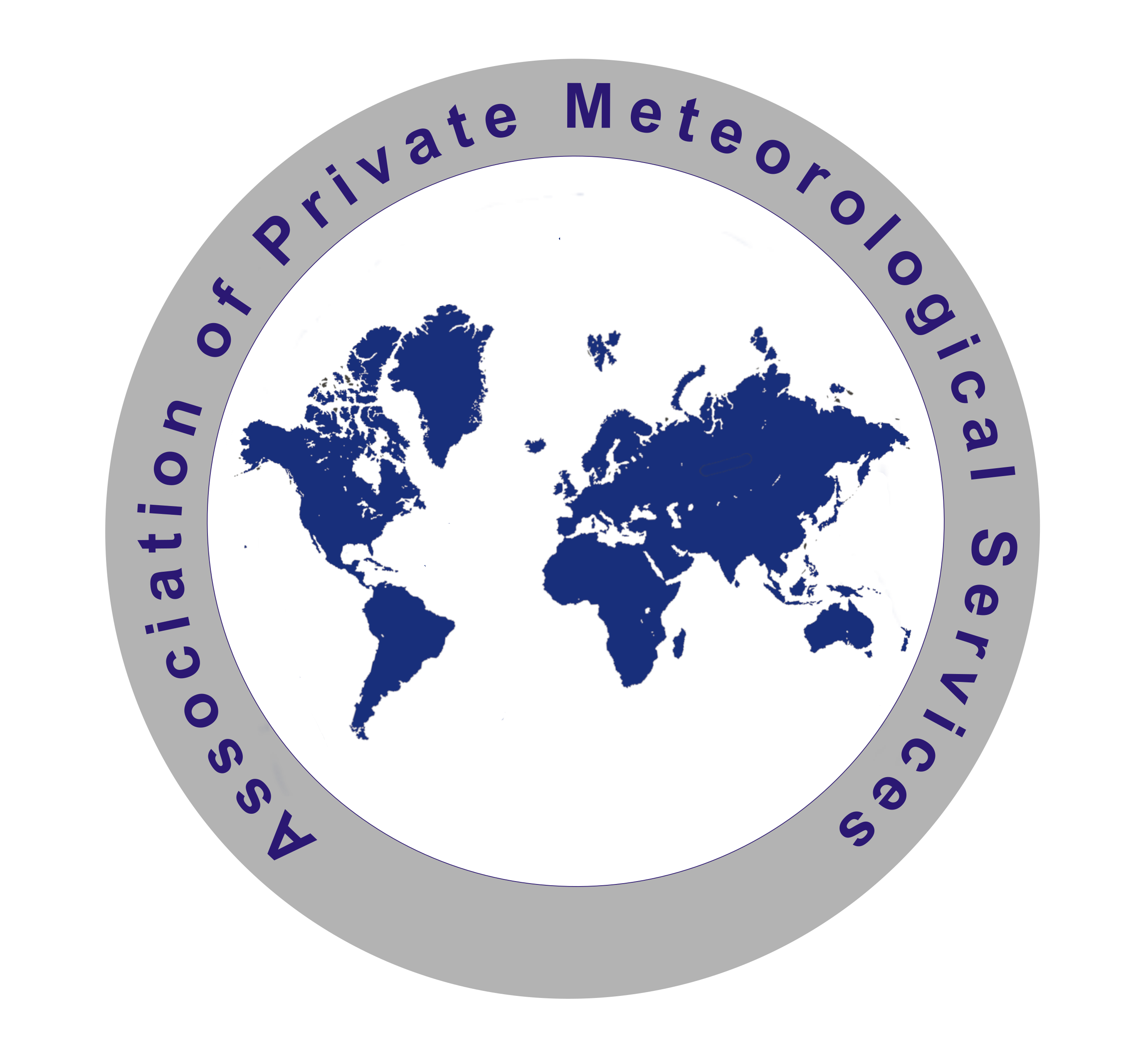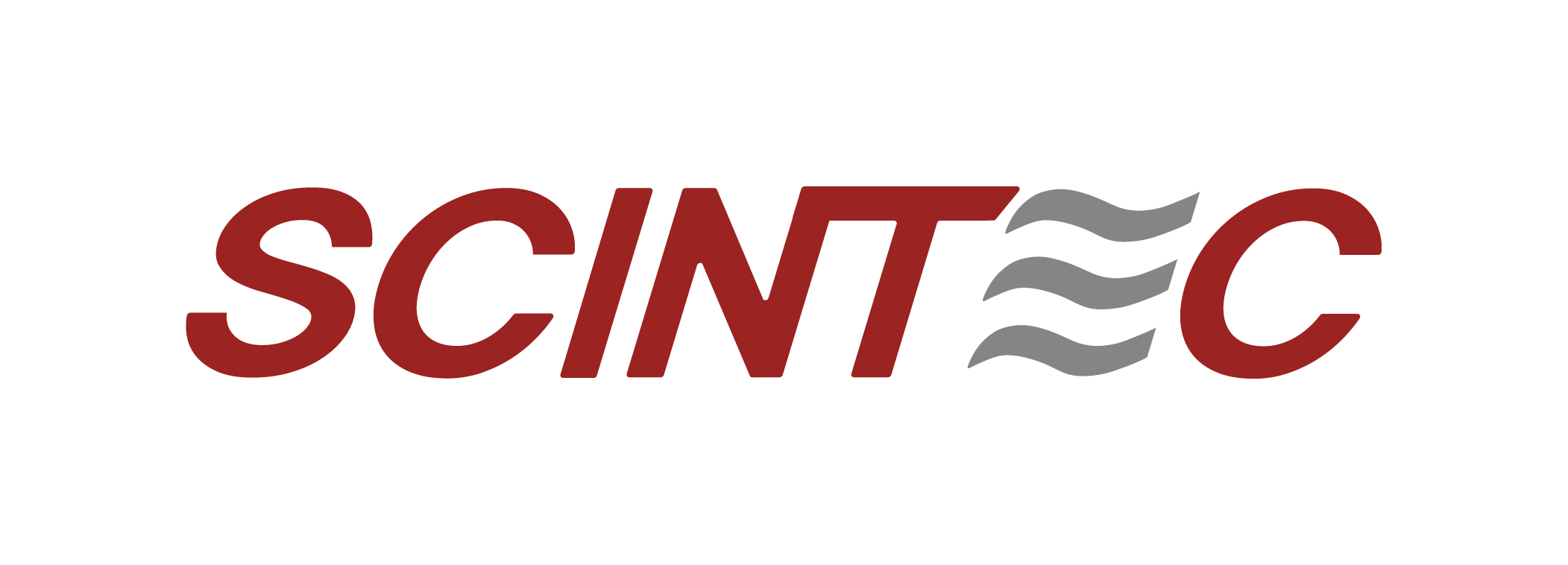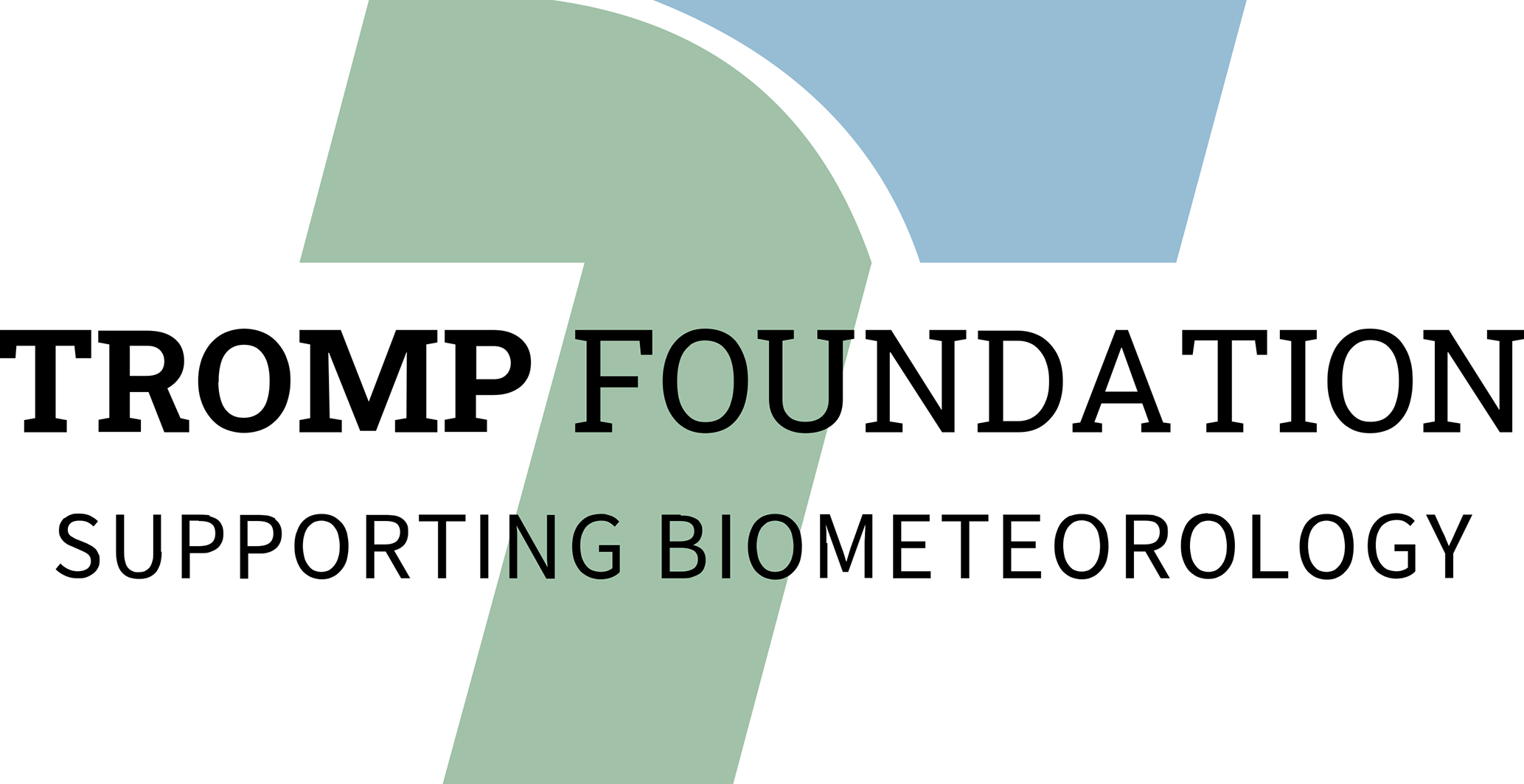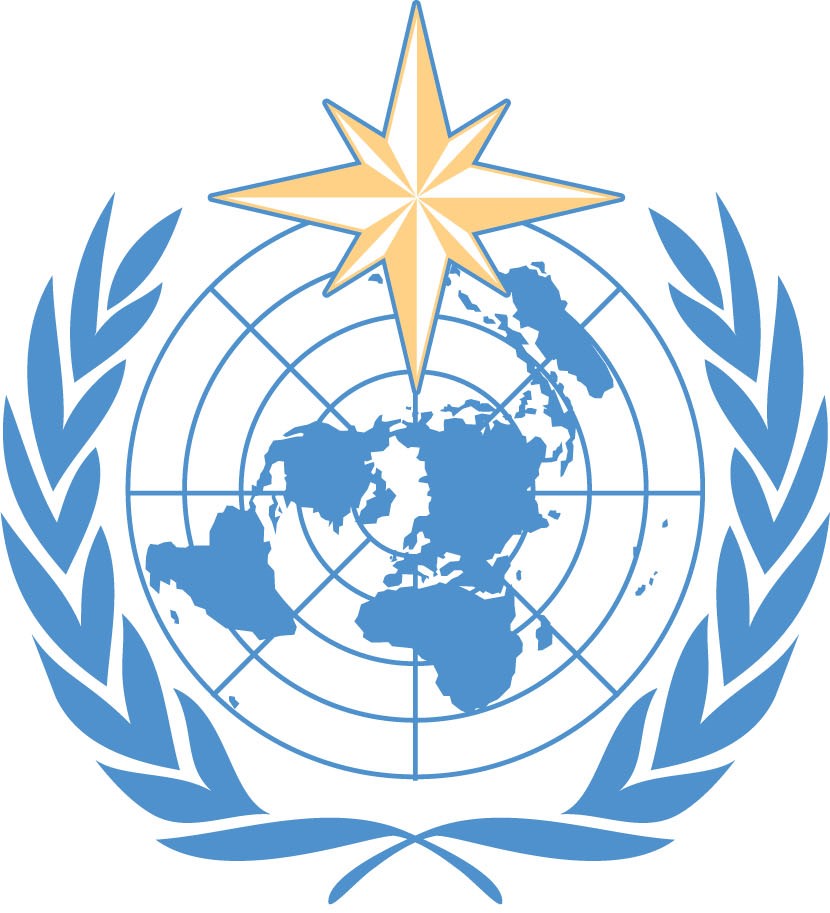Communication and media
Orals Wed1
|
Wed, 10 Sep, 09:00–10:30 (CEST) Kosovel Hall
Orals Wed2
|
Wed, 10 Sep, 11:00–13:00 (CEST) Kosovel Hall
Orals Wed3
|
Wed, 10 Sep, 14:00–15:30 (CEST) Kosovel Hall
• TV weather forecasts including video clips
• media and climate change issue
• use of social media to convey weather and climate information
• ways to present climatological information in an appealing way for the media and general public
• effective communication of science, scientific ideas and concepts, and research results
• warnings in case of severe weather events, role of different media in the warning system, a single voice concept
• internet as efficient and popular media in meteorology
• monthly meteorological bulletins and annals
• radio as a traditional media for delivering weather data and forecasts
• development of new communication strategies and use of social media
• tips on how to interact with users and journalists
• perception of provided information among users
• use of new technologies
• role of press officers within the National weather services
• role of science journals and publishers
• communicating uncertainty in seasonal forecast and climate projections
09:00–09:15
|
EMS2025-135
|
Onsite presentation
09:15–09:30
|
EMS2025-611
|
Onsite presentation
10:00–10:15
|
EMS2025-578
|
Onsite presentation
10:15–10:30
|
EMS2025-146
|
Onsite presentation
11:15–11:30
|
EMS2025-658
|
Onsite presentation
11:30–11:45
|
EMS2025-715
|
Onsite presentation
11:45–12:00
|
EMS2025-703
|
Online presentation
12:00–12:15
Conor Purcell - Journalistic Award
12:15–12:30
Jeremy Wilks - Communicating Weather & Climate Award
12:45–13:00
Segnali dal clima - Outreach & Communication Award
14:00–14:15
|
EMS2025-114
|
Onsite presentation
14:15–14:30
|
EMS2025-112
|
Onsite presentation
14:30–14:45
|
EMS2025-298
|
Onsite presentation
14:45–15:00
|
EMS2025-193
|
Onsite presentation
15:00–15:15
|
EMS2025-176
|
Onsite presentation
Additional speakers
- Jeremy Wilks, Euronews Television, France
- Conor Purcell, Press, Ireland
